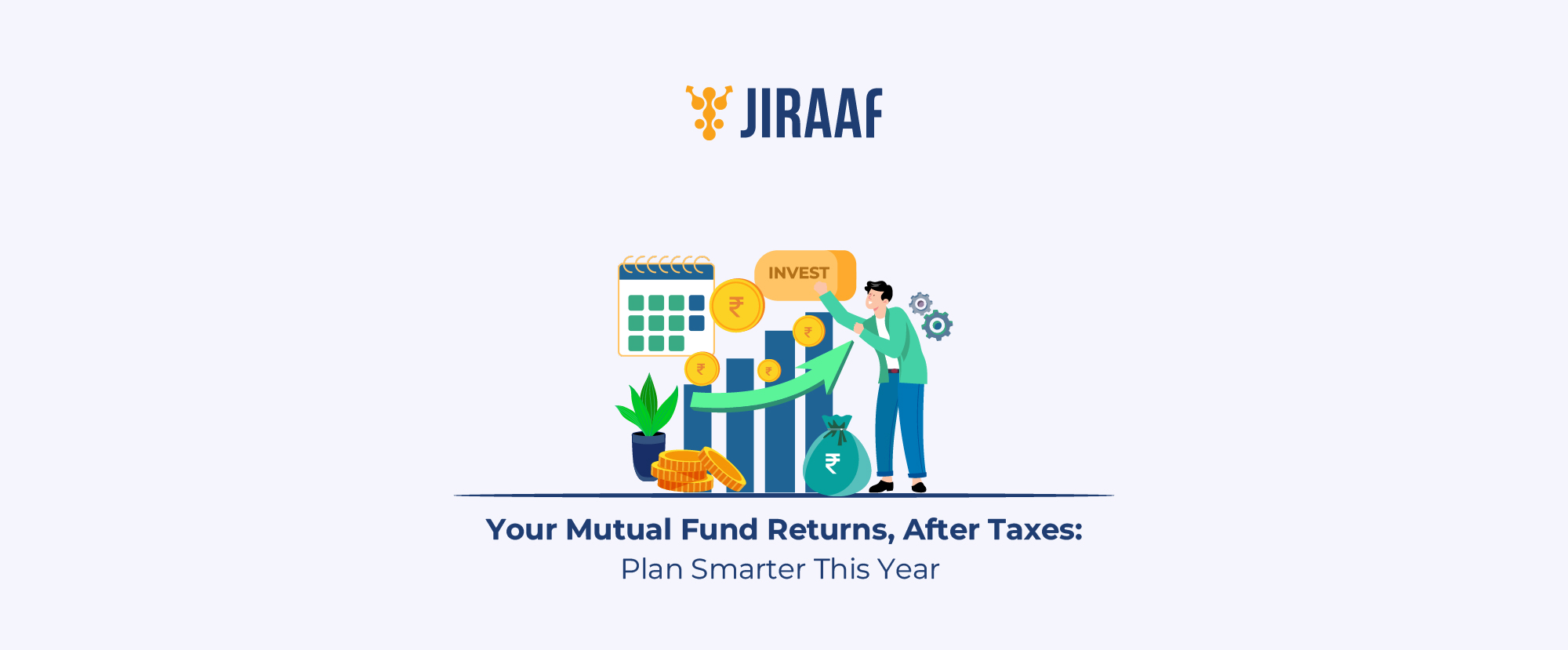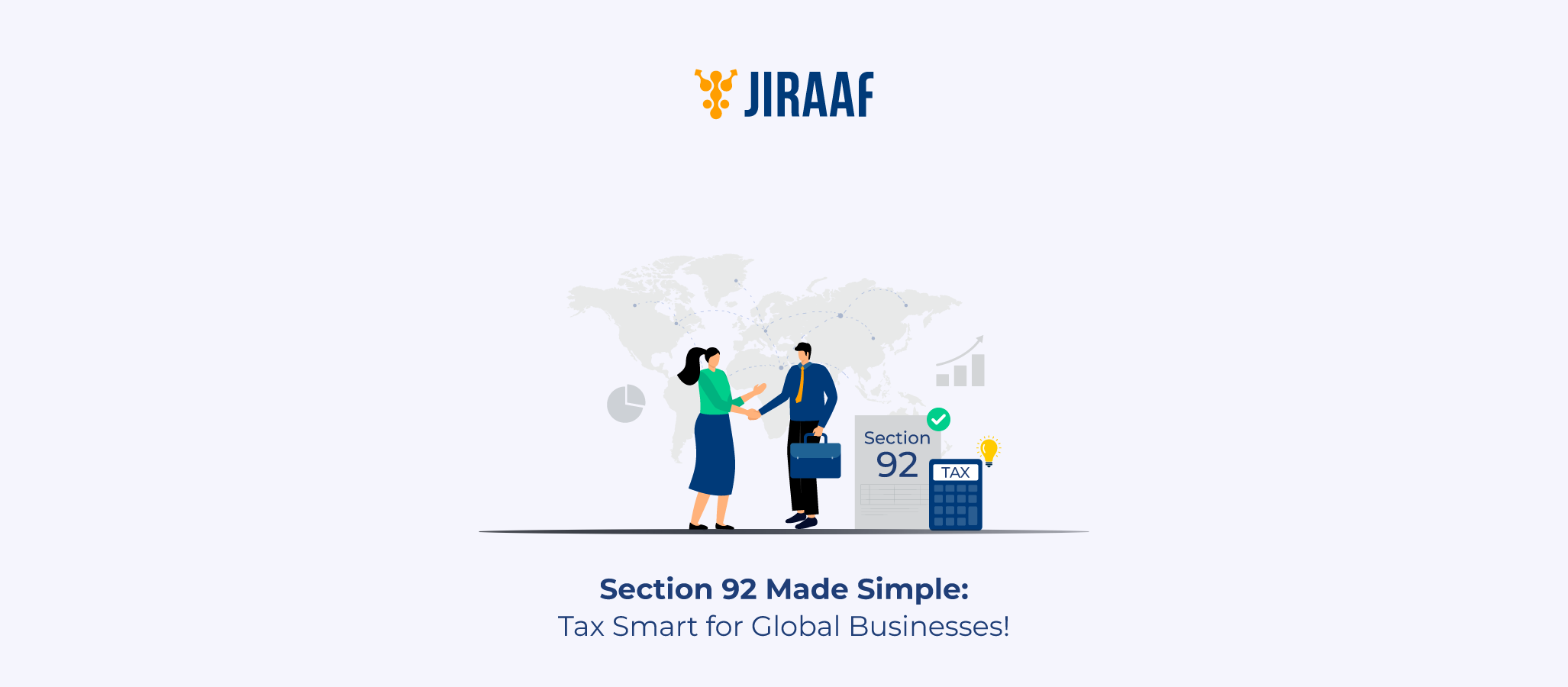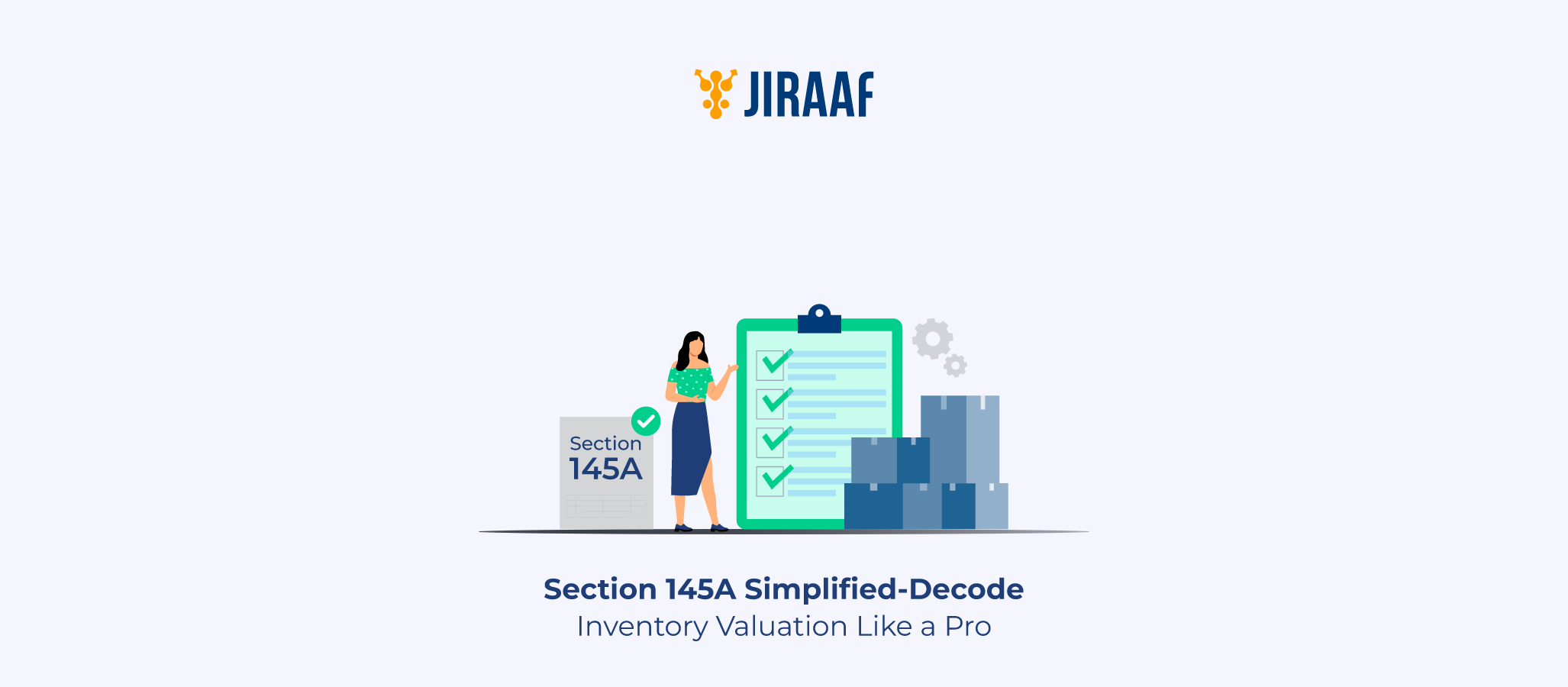If you’re a salaried professional in India, chances are you’re paying more tax than you need to, between rushed declarations, misunderstood exemptions, and missed deductions. But it doesn’t have to be like that.
The Indian tax system offers a wide range of deductions and exemptions specifically designed for salaried individuals—covering everything from housing and investments to insurance, education, and even daily commutes. Yet many taxpayers either overlook these benefits or fail to optimize them based on their actual financial profile.
This blog breaks down the most important (and often underused) tax benefits available to salaried employees—section by section—so you can structure your finances smarter and legally reduce your tax outgo. Let’s begin.
Understanding the Basics of Salary Taxation
Before diving into deductions, let’s understand how your salary is taxed.
Components of a Salary That Are Taxable
Your salary isn’t taxed as one chunk. It’s split into components such as:
- Basic Salary: Fully taxable
- House Rent Allowance (HRA): Partially or fully exempt
- Special Allowances: Fully taxable
- Bonus and Performance Pay: Fully taxable
- Perquisites (e.g., company car, accommodation): May be partially taxable
- Provident Fund Contributions: Tax-deferred or tax-exempt under certain conditions
By understanding what’s taxable, you can optimize your salary structure and claim the right deductions.
Standard Deduction and Section 16 Benefits
The Income Tax Act offers basic relief even before you start adding up 80C or HRA benefits.
Standard Deduction of ₹50,000 Explained
You can automatically deduct ₹50,000 from your gross salary every year—no receipts, no questions asked. This replaced transport and medical reimbursements a few years ago and simplifies things greatly.
Professional Tax and Entertainment Allowance
- Professional Tax: If your state charges this (like Maharashtra or Karnataka), it’s fully deductible under Section 16.
- Entertainment Allowance: Deductible only for government employees, with limits.
Together, these benefits ease your tax burden a little before the heavy hitters come in.
House Rent Allowance Exemption
If you live in a rented house and get HRA from your employer, you may be able to claim a big chunk of it as tax-free.
HRA Eligibility and Exemption Rules
To claim HRA,
- You must live in rented accommodation
- You must receive HRA as part of your salary
- You need rent receipts or rental agreement as proof
Exemption is calculated as the least of these three:
- Actual HRA received
- 50% of basic salary (in metro cities) or 40% (non-metro)
- Rent paid minus 10% of basic salary
Plan this well, and you could save tens of thousands in taxes annually.
Section 80C Deductions for Salaried Individuals
This is the most popular tax-saving section—and for good reason.
Under Section 80C, you can claim up to ₹1.5 lakh per year by investing in or spending on:
- Employee Provident Fund (EPF)
- Public Provident Fund (PPF)
- Equity Linked Saving Scheme (ELSS)
- Tax-saving Fixed Deposits
- Life Insurance Premiums
- Principal repayment of a home loan
- Children’s tuition fees
If you’re not using 80C to the full ₹1.5 lakh limit, you’re leaving money on the table.
National Pension System Tax Benefits
Section 80CCD(1B): Additional ₹50,000 Benefit
Beyond the ₹1.5 lakh under 80C, you can claim an extra ₹50,000 if you invest in NPS under Section 80CCD(1B). This is a direct reduction in taxable income, making NPS a powerful long-term savings tool.
Employer Contribution Under 80CCD(2) and How It Works
Your employer can contribute to your NPS account as well—up to 10% of your salary (basic + DA). This amount is fully tax-deductible under Section 80CCD(2) and is over and above 80C and 80CCD(1B).
If your company offers this, you should opt in.
Medical Insurance & Section 80D Benefits
Section 80D lets you deduct premiums paid for health insurance.
- Up to ₹25,000 for yourself, spouse, and children
- An additional ₹25,000 for parents (₹50,000 if they’re senior citizens)
So, if you’re insuring yourself and senior citizen parents, you can claim up to ₹75,000 in deductions.
You can also include preventive health checkups (up to ₹5,000) within this limit.
Tax-Free Salary Components You Should Know
Leave Travel Allowance (LTA)
This allows you to claim the cost of domestic travel (not food or hotel) for you and your family—twice in a four-year block. You need travel proofs, and reimbursement is usually capped.
Food Coupons, Fuel Reimbursements, and Mobile Bills
- Food coupons (like Sodexo) up to ₹50/day are tax-free
- Fuel reimbursements are tax-exempt if supported with bills
- Mobile and internet bills used for work can be reimbursed tax-free
These components can be smartly used to optimize your take-home pay.
Salary Structure for Maximum Tax Benefits
To maximize tax savings, consider the following structuring tips:
- Shift higher variable pay to tax-free reimbursements
- Opt for NPS employer contribution under 80CCD(2)
- Include HRA, LTA, meal coupons, and conveyance allowances
- Use term life insurance and health insurance within 80C and 80D
A tax-optimized salary structure can increase your in-hand income without a raise.
Old vs New Tax Regime for Salaried Employees
With two regimes now available, the choice depends on your income and deductions.
Differences in Deduction Eligibility
- Old regime: Lets you claim all the deductions mentioned above
- New regime: Lower tax rates, but no deductions (except NPS under 80CCD(2) and employer EPF)
When Should You Opt for the New Regime?
If you’re not claiming enough deductions (less than ₹2.5–₹3 lakh), the new regime might offer lower tax. But if you invest smartly and claim health, HRA, LTA, etc., the old regime is usually better.
Other Smart Tax-Saving Options
Apart from salary components and deductions already covered, you can also consider
- Home loan interest deduction under Section 24(b) (up to ₹2 lakh)
- Education loan interest under Section 80E
- Donations under Section 80G
- Interest on savings account (up to ₹10,000) under Section 80TTA
Even small deductions can add up to big tax savings over the year.
Conclusion
If you’ve always looked at your salary as fixed and your tax as unavoidable, it’s time to change that mindset. By understanding and using the available tax benefits—from the standard deduction and 80C to HRA and NPS—you can shave off a significant portion of your taxable income. It’s not just about saving money; it’s about being smart with it.
FAQs
What tax benefits can salaried employees claim?
You can claim deductions under Sections 80C, 80D, 80CCD, HRA exemption, standard deduction, LTA, and reimbursements like fuel or food coupons.
What is the standard deduction for salaried individuals?
₹50,000 is auto-deducted from your salary income every year—no proof needed.
Can I claim HRA and a home loan deduction together?
Yes, if you’re living in a rented home but repaying a loan on a different property.
Which regime is better for salaried employees?
If you have significant deductions, the old regime is better. Otherwise, check if the new regime’s lower tax rates work in your favor.
How can I increase my take-home salary using tax benefits?
Use tax-free components like HRA, LTA, reimbursements, and invest in tax-saving instruments like NPS, ELSS, and health insurance.
Discover fixed income investments with Jiraaf, a SEBI registered online bonds platform that educates and brings access to a wide array of bonds. Sign up today to explore diversified fixed income investment opportunities to support your goal-based wealth creation journey. Start investing!




